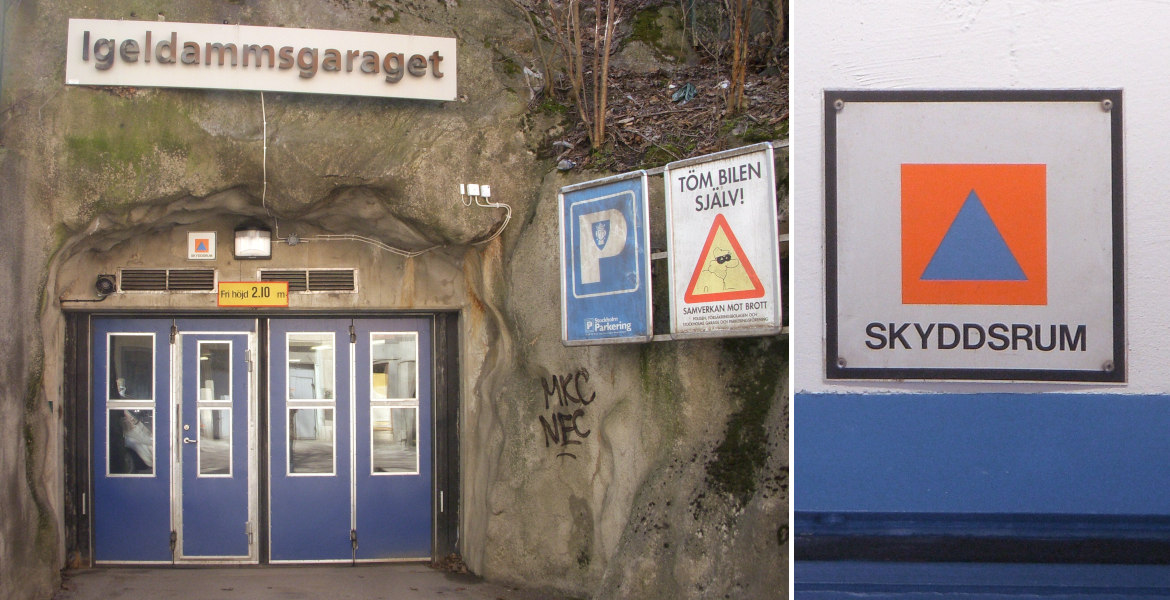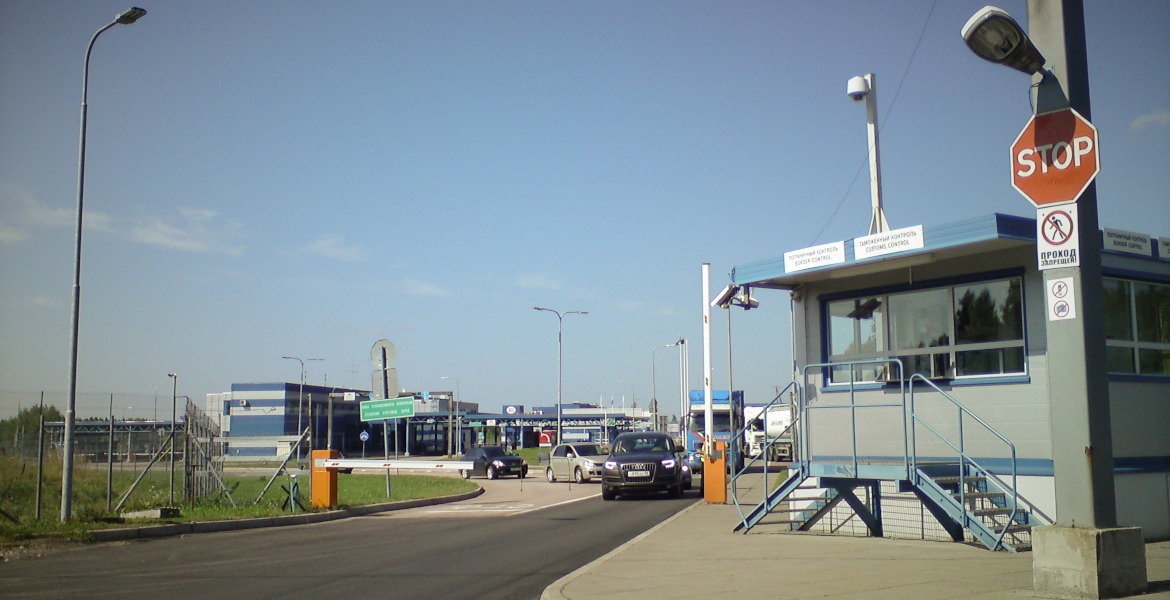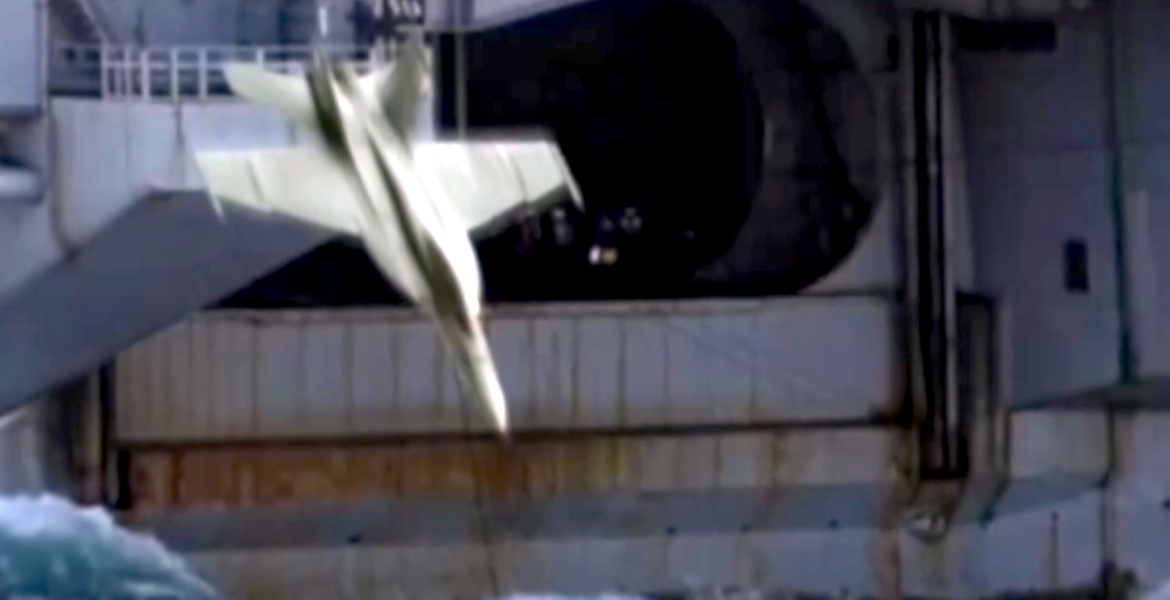Swedish authorities have intensified their messages in recent years about citizens needing to prepare for crises and war. Meanwhile, an investigation of the country's own shelters reveals major shortcomings in the maintenance of critical infrastructure.
Of Sweden's eighty special shelters – intended for nearly 100,000 people – only a single facility has been upgraded to modern standards after decades of neglected maintenance.
The Igeldamms garage in Stockholm, Sweden stands today as the sole example of a completed special shelter, while the remaining 79 facilities still await necessary upgrades, reports Swedish public television SVT.
The Swedish Civil Contingencies Agency (MSB) has begun modernization work in approximately thirty of the eighty special shelters. The work has cost €7.7 million in the past year alone, but the pace is said to be far from sufficient to meet political ambitions for improved crisis preparedness.
Henrik Larsson, head of population protection at MSB, cannot provide information on when all facilities will be remediated:
— It depends. We need to get into all facilities and see what condition they're in. In some facilities, quite extensive renovations may be required, and then it becomes very costly.
— If all facilities are in the same condition as here (Igeldamms garage), then it shouldn't be any problem to do it before 2030, but I suspect we'll have some facilities that we'll need to spend time and significantly more money on, he continues.
64,000 shelters to be inventoried
During the Cold War, thousands of shelters were built around the country, but many have been used for completely different purposes for decades without proper maintenance. Now MSB has been tasked with inventorying the country's total stock of 64,000 shelters between 2025 and 2030.
For the current year, approximately 10,000 minor inspections and around 2,000 major inspections are planned – a pace that MSB itself considers insufficient:
— We need to increase by 500 more per year to go through the entire stock by 2030. We need to be between 12,000 and 13,000 annually, estimates Larsson.
Inadequate protection
In addition to the already approved Igeldamms garage, with space for 1,200 people, two additional facilities are planned to be completed next year – one in Stockholm and one in Gothenburg, Sweden. This means that only three of eighty special shelters will have modern standards before 2027.
MSB's assessment shows extensive shortcomings in the existing stock: only half of all shelters offer satisfactory protection against shrapnel and bombs, while only about ten percent have reasonable protection against chemical warfare agents.
Since the responsibility for addressing deficiencies lies with individual property owners, MSB cannot provide any timeframe for when the shelters will actually be in functional condition.
About Swedish shelters
Sweden has over 64,000 shelters with space for approximately seven million people. The shelters may be used for other purposes during peacetime but must be ready for use within two days during heightened alert or war. When a shelter is activated, it must have water, heating, ventilation and toilet facilities – however, there is neither food nor hygiene products.
The shelters are built to protect against shock waves and shrapnel from explosions, fire, chemical weapons and radiation from radioactive substances. People should be able to stay in the shelter without interruption for at least three days. It has never been the ambition to build shelters for the entire population, and their placement has been determined based on threat assessments.
During air raid alerts, people should immediately go to the nearest shelter or other protective space such as basements or subway stations. People do not belong to any specific shelter but use the one that is closest.
Source: MSB (Swedish Civil Contingencies Agency)




